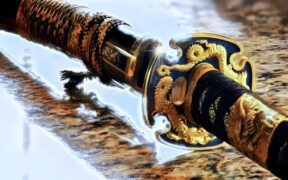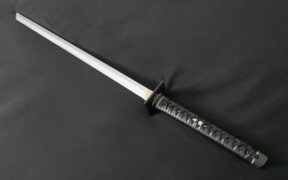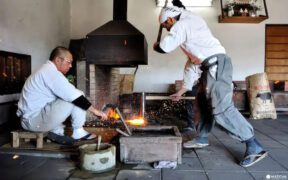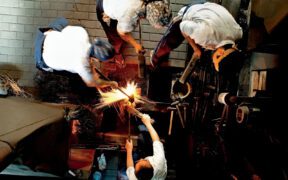Our content features commercial links to our products, committed to transparent, unbiased, and informed editorial recommendations. Learn More
Katana Explained: History, Craftsmanship, and Significance
NO AI USED This Article has been written and edited by our team with no help of the AI
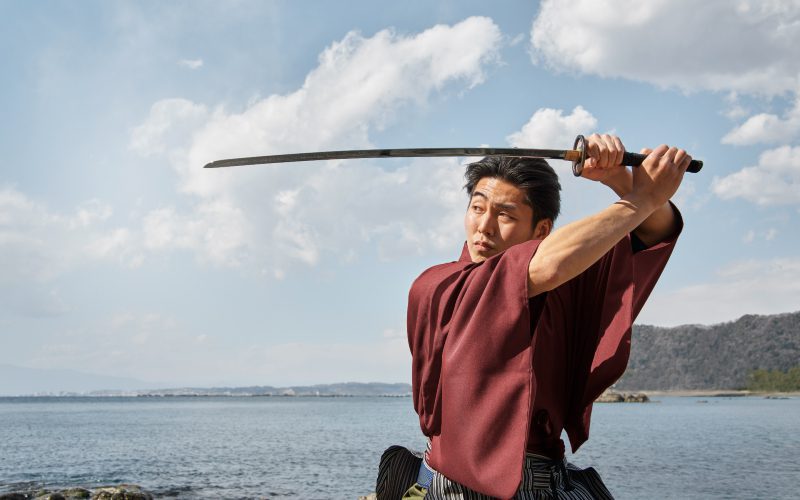
The katana is a curved, single-edged sword often associated with the samurai of feudal Japan. Besides a weapon, it is also a status symbol and work of art. Today, it is a revered icon in Japanese history and culture.
This article discusses the katana’s unique characteristics, metallurgy, history, and how it became the samurai’s symbol.
KEY TAKEAWAYS:
- The katana is a Japanese long sword with unique characteristics that serves as a weapon and symbol of the samurai’s status.
- The price of an authentic katana starts around $8,000 and has to fulfill specific requirements concerning the swordsmith, crafting methods, type of steel, features, and official paperwork as proof.
- Evolving from the uchigatana developed during the Muromachi Period to improve combat speed, the katana replaced the tachi as it allowed for the sword to be drawn while attacking an enemy in a single motion.
What Defines a Katana?
The term katana refers to Japanese long swords with a blade length measuring over 23.6 inches (60 centimeters). Exclusively carried by the samurai class, it is tucked into the belt with its cutting edge up.
This allows the drawing of the blade and cutting to be executed at the same time. Designed for powerful slashing attacks, the katana replaces the earlier tachi sword which was worn with its cutting edge faced down, requiring two motions to wield the sword.
In Japan, most katana are forged from tamahagane, a high-quality steel made in a traditional furnace (tatara).
Characteristics of the Katana Sword
Apart from its cultural and historical significance, the samurai sword is valued for its exceptional craftsmanship and aesthetic qualities.
Blade
Japanese blades are measured from the base of the blade, excluding the tang, to the tip. A katana blade measures over 23.6 inches (60 centimeters or over 2 shaku) with the following characteristics:
Curvature (Sori)
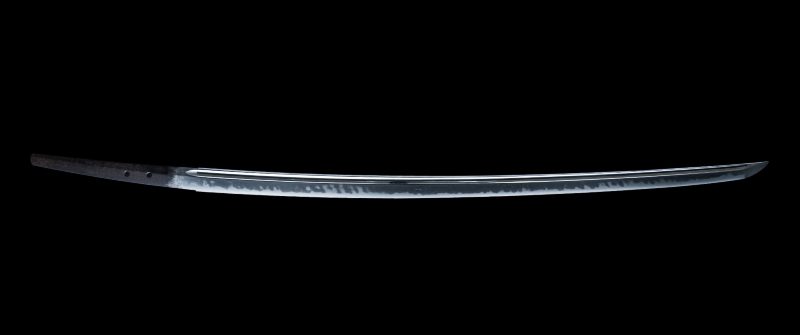
The katana blade has a shallow curvature determined by measuring the distance from the back of the blade to an imaginary straight line from the tip to the hilt, excluding the tang.
Temperline Pattern (Hamon)
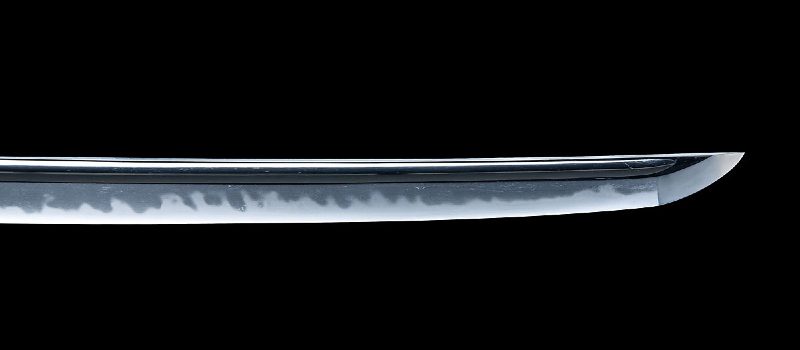
The hamon is formed by differential hardening treatments. Broadly categorized into suguha (straight) and midareba (irregular), the most striking is the hitatsura hamon which has a wild and rugged look.
Steel’s Surface (Jigane)

Traditionally, katana blades are not reflective and often darker than modern steel. When examined, note the contrast between the whitish (cutting edge) and grayish steel color (spine).
Grain Patterns (Jihada)
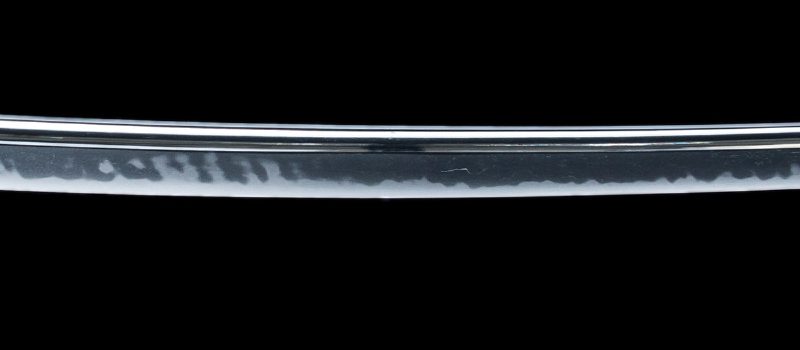
While forging the katana blade, the swordsmith repeatedly folds the steel, resulting in a distinct grain pattern (jihada). Depending on the technique, the patterns may feature straight or wavy lines, swirls, or a mix of linear and circular motifs.
Hilt (Tsuka)
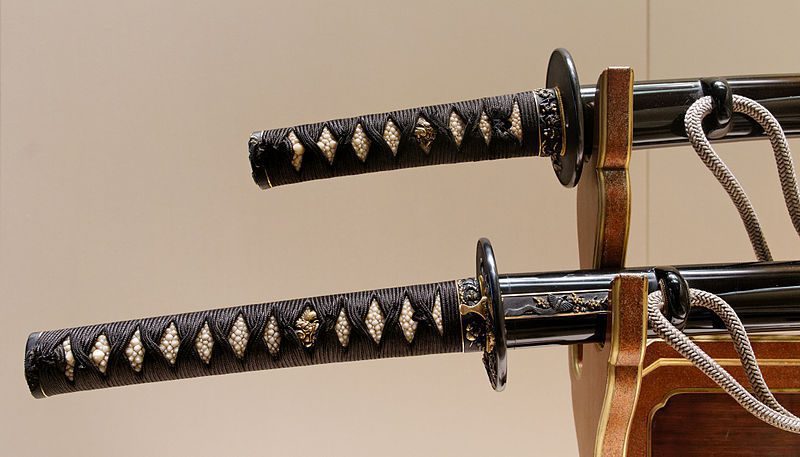
A katana’s hilt (tsuka) consists of multiple components including sword mountings that are interchangeable, allowing samurai to showcase their style and personality.
Sword Guard (Tsuba)
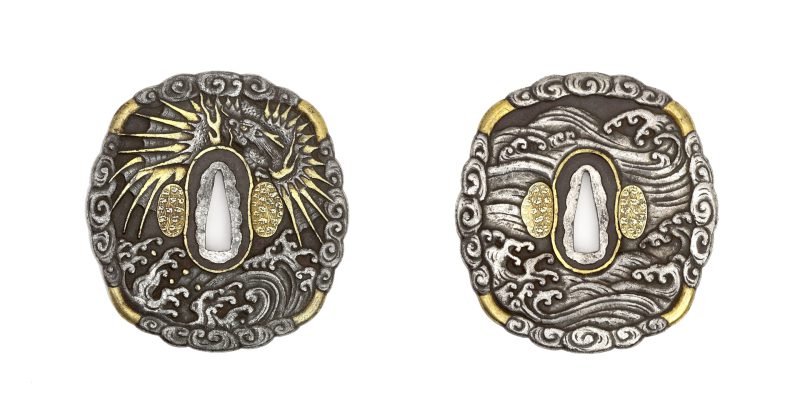
The epitome of functional art, the tsuba protects the hand of swordsmen and often features elaborate motifs designed with gold, silver, and other precious metals. They come in a wide variety of shapes including round, square, four-lobed, and more.
Other Metal Fittings
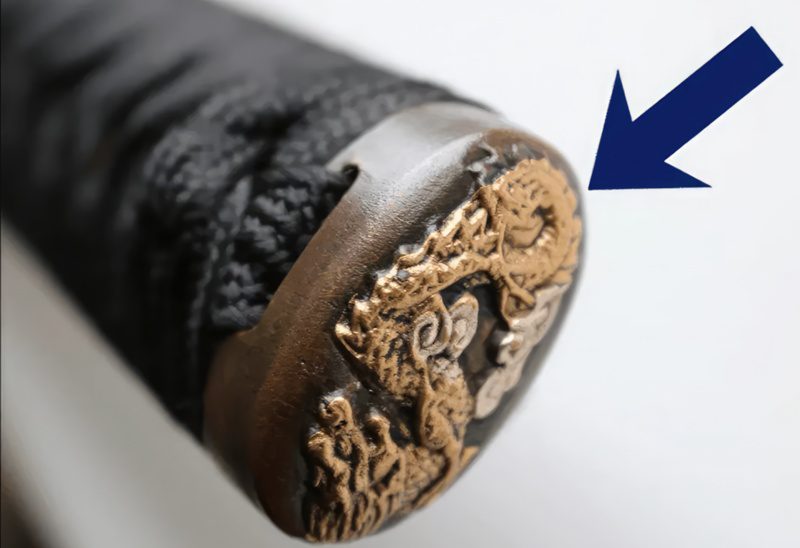
Often with matching motifs, other fittings like the fuchi (hilt collar) and kashira (pommel cap) also have a functional purpose: stabilizing the handle of the sword. Others like the menuki (metal decoration placed under the hilt wrapping) helps improve the grip.
Scabbard or Saya
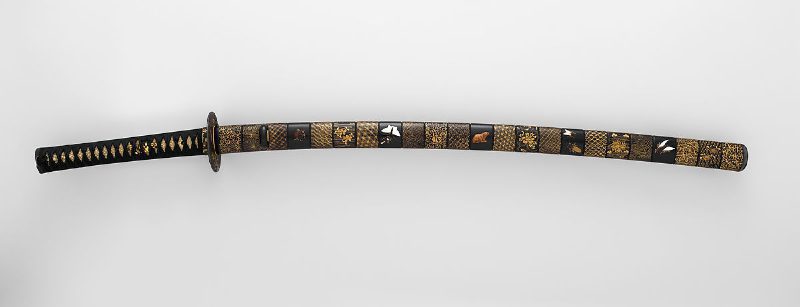
The katana’s scabbard (saya) is often made of wood. It can be a shirasaya (simple wooden scabbard) or koshirae (lacquered scabbard with metal ornaments). A blade collar (habaki) that supports the hilt is required to sheathe the blade. A carrying cord (sageo) is attached to the scabbard, allowing the katana to be secured to the obi.
What Makes a Katana Authentic?
Depending on various factors, an authentic katana costs around $8,000 while pieces by well-known master swordsmiths may reach $50,000 or more. Additionally, high-quality replicas that are potentially functional for tameshigiri are available for about $1,000 or less.
That said, an authentic katana has to fulfill the following requirements:
- Hand forged by a licensed Japanese wordsmith
- Made using traditional production methods
- Made from tamahagane
- Has features such as hamon, jigane, and jihada
- Comes with official paperwork (origami) stating its value and quality to confirm its authenticity
Are Katana Swords Illegal in Japan?
In Japan, the Firearm and Sword Possession Control Law forbids individuals from carrying a sword. Ordinary Japanese citizens can legally own a katana as long as it meets the following criteria:
- Has cultural or historical significance
- Is registered with the Nihon Token Hozon Kai
- Is kept in the house
- Has a certificate of authenticity and permit which has to stay with the sword at all times.
This also applies to antique and newly made Japanese katana swords by licensed swordsmiths. However, decorative and training swords like iaito with zinc-aluminum blades that cannot be sharpened are exempted.
When it comes to sword production, the Japanese government allows licensed swordsmiths to produce:
- A maximum of two long swords per month OR three shorter blades
- Blades have to be traditionally made
- Must be forged from tamahagane
On the other hand, unlicensed blades or ones crafted by unlicensed swordsmiths are confiscated and the owner charged with possession of illegal weapons.
The Katana Sword in Martial Arts
In the world of martial arts today, the katana is the best-known Japanese weapon. Some of the Japanese martial arts that utilize a steel katana—or an alternative that replicates it are:
- Kenjutsu – This traditional art of Japanese sword fighting was practiced by the samurai since the 4th century CE. Practitioners today safely train using a wooden sword (bokken).
- Kendo – The modern version of kenjutsu, kendo focuses on balance, speed, and fluidity. Its aim is to end combat quickly by targeting vital regions on the body. Besides the bokken, bamboo training swords known as shinai are also used.
- Iaido – This art involves perfecting the control of the sword using iaito or unsharpened katana. Modern competitions require participants to perform sword movements in front of judges.
- Battōjutsu – Iaijutsu or battōjutsu focuses on a quick draw to ward off an attack. It uses a blunt sword with an aluminum alloy blade and later, a real katana. The movements in battōjutsu are smooth, controlled, yet instantaneous.
- Toyama Ryu – This relatively modern practice focuses on the practical application of the katana inspired by the techniques and philosophies of the samurai.
A Brief History of the Katana
The katana was a response to the changing nature of battles which demanded quicker response in combat. It also marked the transition of using the Japanese sword from fighting on horseback to fighting on foot.
Muromachi Period (1338–1573)
Within the Muromachi period, a century of military struggle known as the Sengoku period led to:
- The development of uchigatana for speed in combat. Worn edge up, drawing and striking occurs simultaneously, replacing the tachi that requires two motions.
- Its popularity led swordsmiths to forge uchigatana with short (wakizashi) and long (katana) blades.
Momoyama Period (1574–1600)
During this time, swordsmiths incorporated precious metals and materials in sword mountings, making them elaborate and expensive. While some uchigatana remained simple and functional for combat, heavily decorated versions were gifted to high-ranking samurai.
Edo Period (1603–1867)

From the Edo period emerged the daisho, a set of katana and wakizashi. There are design regulations, depending on formal or ceremonial use. This means several sword fittings are available for a single blade, allowing samurai to choose the most suitable for an occasion.
Meiji Period (1868–1889)
The Meiji Restoration saw the abolition of the feudal system, causing the samurai to lose their privileged position. In 1876, the Haitorei edict prohibited the carrying of swords in public. With the modernization of the Japanese military, the katana swords were no longer practical.
Facts About the Japanese Katana
The katana was both the weapon and soul of the samurai, an emblem that signifies its owner’s social and military elite status.
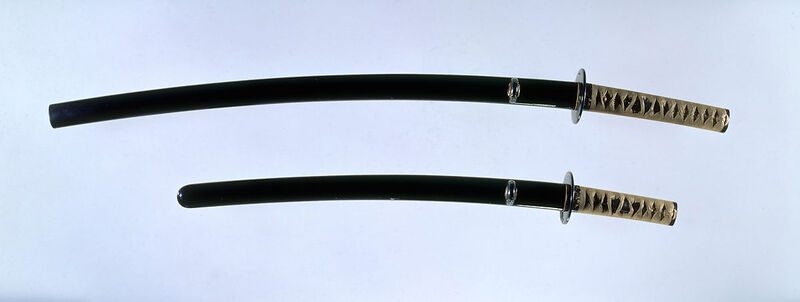
- Daisho comes from the Japanese words daito (long sword) and shoto (short sword).
- Daito include swords of more than 2 shaku (23.6 inches / 60 centimeters) and shoto are those longer than 1 shaku (11.8 inches / 30 centimeters).
- The shorter wakizashi served as a secondary weapon as the katana was prohibited in public buildings.
- To preserve katana blades, wooden swords were used in martial arts training.
- In a famous legend, Miyamoto Musashi defeated Sasaki Kojiro with a bokken.
- The katana’s curved blade is longer than those of the ninja swords with shorter straight blades.
